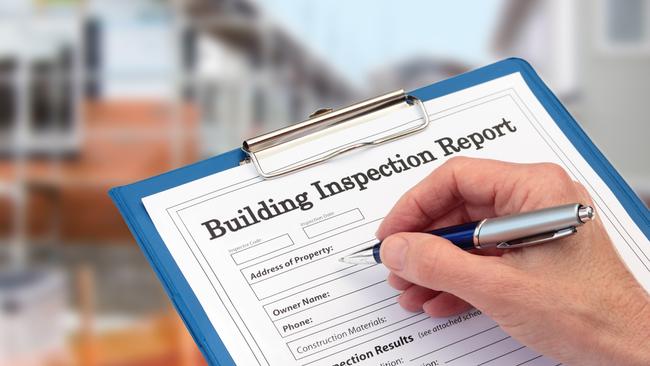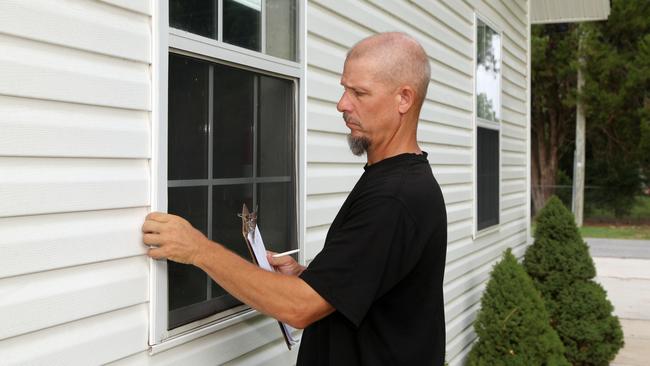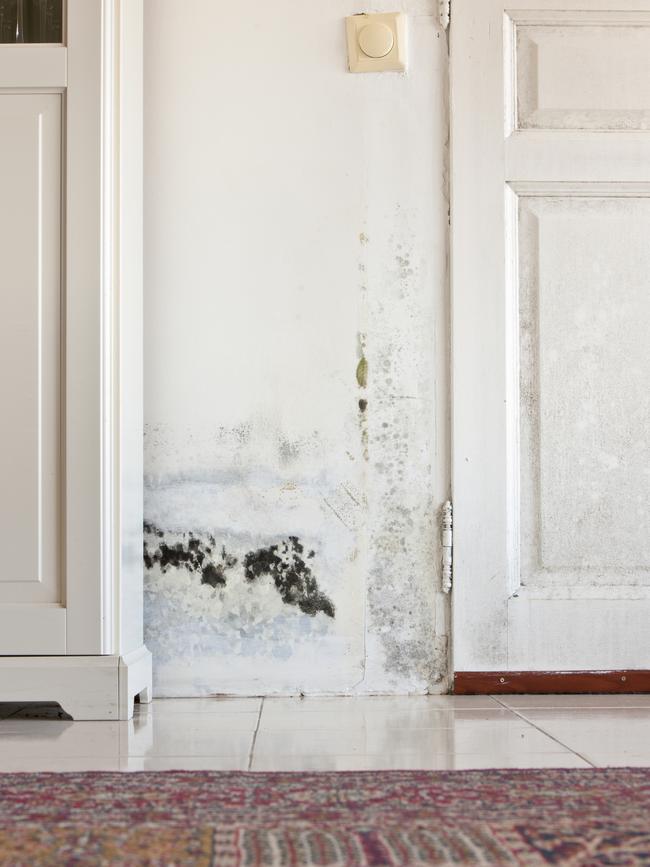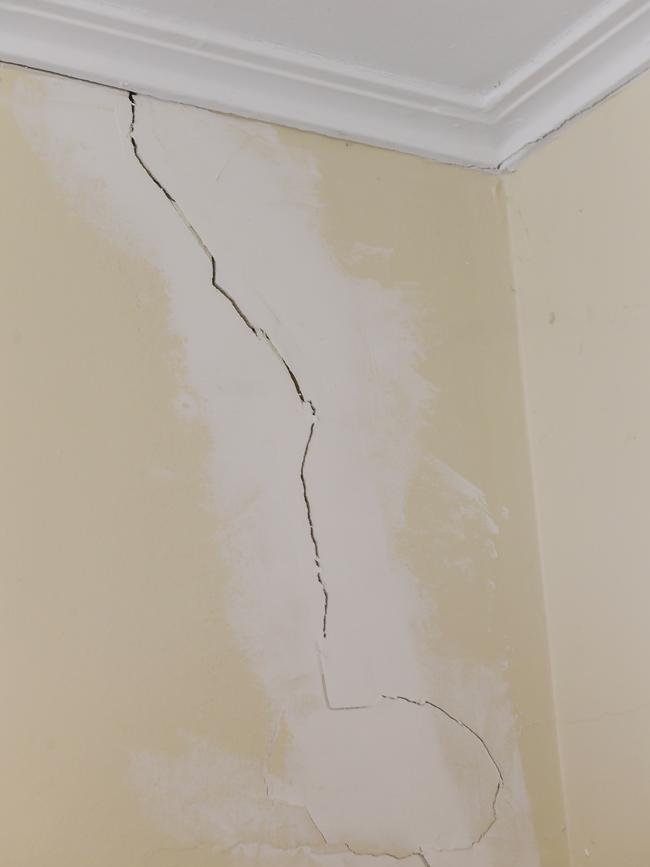‘Military-precision’: homebuying hacks we all need to know
Many potential issues with homes for sale can be artfully disguised, that’s why buyers need to embrace their search with ‘military-style precision’ and this checklist.
Property
Don't miss out on the headlines from Property. Followed categories will be added to My News.
It can be hard to know exactly what to look for when attending an open home – especially when so many problems are artfully disguised by professional stylists.
But it’s important to approach property inspections with “military-style precision,” says buyers agent Michelle May – otherwise you could be forking out thousands once the Pest and Building report comes in.
MORE: $3m average house price could soon be a reality

RESEARCH IS FREE
In fact, before you even attend an open home, make sure you do a whole lot of research, May said.
“For me, that starts with looking at Google Maps,” she said.
Find out how the property sits in the suburb. Is it in an area that is being rezoned to higher density? Is the street a “yellow” road – an indicator of heavy traffic?
“Do not eat yellow snow, do not buy on a yellow road,” she quipped.
MORE: Simple mistakes costing renters big time

It’s also important to avoid flood plains and bushfire zones. Not only could living in these zones pose a danger to you and your family, the cost of insurance will be high.
Once you have established whether the property is worth considering, make sure you get an accurate idea of its value by looking at recently sold comparable properties, she said.
“That is the most effective way to skip the wrong properties that are simply way over budget,” she added.

USE YOUR SENSES
When it comes time to inspect, make sure you employ your five senses, May said.
Looking for signs of mould or cracks, the amount of natural light in the property and the space on offer is just the start. Make sure you listen for any noises, whether that be heavy traffic from the street, trains or planes going past or the sounds of other people in the next room.
Smell is also important. Is there a damp, musty smell that indicates a mould problem or rising damp? Has the house been recently repainted to cover up any damage from a leaking roof?

HEALTH AND SAFETY ISSUES
In addition to having negative health connotations, rising damp and mould infestations can be costly to fix, author of Rethink Property Investing Scott O’Neill said.
“You literally need to remove the wall sometimes in order to fix it,” he said.
Signs to look for include discolouration or raised paint on the bottom 30cm of the walls. If this section of the wall has been freshly painted and there are new carpets in the property, it could indicate a cover up, he said.


Cracks are also important to consider. While it’s normal to have some settlement cracks in a property, the severity of the cracks and the age of the home should be weighed up, he said.
Termites are a big issue. Even before the Pest and Building report is done, you can check for signs of termites by looking at the condition of trees in the garden and wooden fences, as well as the stumps of the house.
“You can often see (signs of termites) in the stumps in the front and back yard because that’s where they attack first before getting into the house,” O’Neill said.

ASPECT
A favourable aspect can go a long way in preventing mould and dampness – and it can also help the property maintain its value over time, O’Neill said.
In contrast, a property with a southerly aspect will be less desirable to future buyers while generally being colder and darker than one with a northerly aspect.
“Nobody wants to live in a cave,” May said.

NEIGHBOURHOOD
Street appeal and accessibility are also important things to consider when inspecting a property, O’Neill said. Being positioned on the low side of street could affect the property’s future value, especially if combined with a southerly aspect, while overhead power lines also have negative impact.
May said to look out for speed bumps on the street as well as nearby road tunnelling that could lead to structural cracks. Buying next to a hoarder house could bring pest problems to your door while affecting the desirability of the whole street, she added.

HOMEBUYER INSPECTION CHECKLIST
Check for these things when inspecting a home to buy before proceeding to a Pest and Building report.
* Signs of dampness and mould
* Large cracks
* Termite damage, especially in the stumps
* Raised or bubbling paint
* Repainted sections of wall or ceiling
* Whether the floor is level (place a ball to see if it rolls)
* Noises from outside or through the walls
* Bad smells
* Aspect and natural light
* Space and storage on offer
* Neatness and desirability of neighbourhood
* Accessibility and appeal from the street
* Infrastructure projects and zoning
Originally published as ‘Military-precision’: homebuying hacks we all need to know




